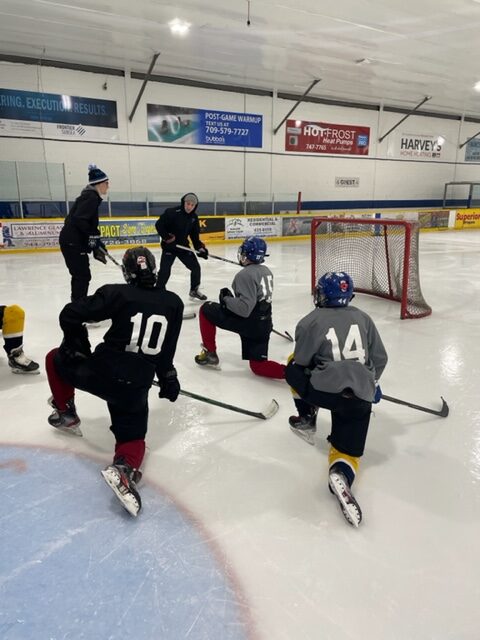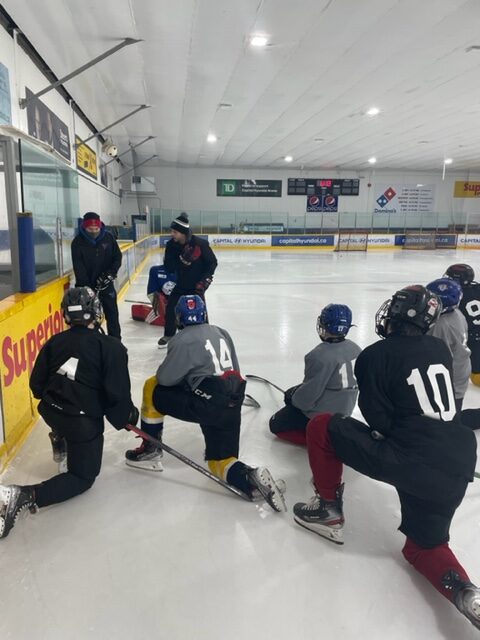In my opinion, male hockey does not truly start until you can give and take a body check. Some players thrive when making the jump from U13 to U15 hockey – if you want to be one of them, be sure to make note of these 3 tips!


Tip #1 – Improve your on-ice communication skills. Don’t want a pass on the wall because you feel it could lead you into a big hit? Yell NO! NO! NO! At the puck carrier before he passes it to you. Make sure your team mates can hear you in the parking lot, too… use your ‘outdoor voice’ as my dad used to say (he used his outdoor voice 24/7). Not only does good communication help you… it can help your line mates/team mates/D partners. Man on! Man on! When your D partner has their back to the opposing goal is common; now don’t just stand there, support! Get open, be an easy passing outlet.
Goalies – you are not immune to yelling, either. In a dump-in forecheck scenario, you can see the entire ice in front of you. Tell your D what’s coming, what’s open, if the other team is changing – don’t take it for granted that the players can see it. Help out!
Tip #2 – Look both ways before you cross the street. ALWAYS shoulder check before retrieving a loose puck. Before you pick up the rim on the defensive zone boards, read the strong side D who is probably coming down to make contact with you and put yourself in a position to protect the puck/chip it/pass it to a support option while preparing mentally and physically for contact. Sometimes when you pick your head up AFTER retrieving the puck, someone is already there to make contact and you get surprised. That’s when the body tends to stiffen (fight or flight response), and you take a smack. Be one step ahead. Read the ice. Head up.


Tip #3 – Keep your feet moving. A moving target is much harder to hit than a target that stands still. Even if you’re heading down the wall and it is inevitable that the defending player has a good angle on you and will most definitely hit you, keep the legs churning and the likelihood of the defender getting ‘all of you’ is slim. He or she will likely just ‘get a piece of you’.
No matter what you do, there will always be scenarios in a contact hockey game where taking a good, solid bump is unavoidable. Even seasoned professionals get thumped from time to time. Giving and receiving contact like a pro comes with sound fundamentals, lots of experience, and mistakes-learning. Don’t get discouraged if you get knocked down a couple of times in tryouts (those situations where you go down and the other bench erupts). It happens to all of us.
Cheers
AP
Related Content
QMJHL Head Coach Brad Yetman Mental Skills Video – https://www.youtube.com/watch?v=zLL9soA0YUs
A guide to being a good role player on a hockey team Article – https://vhghockey.ca/so-youre-a-4th-liner-a-guide-to-being-a-role-player/
